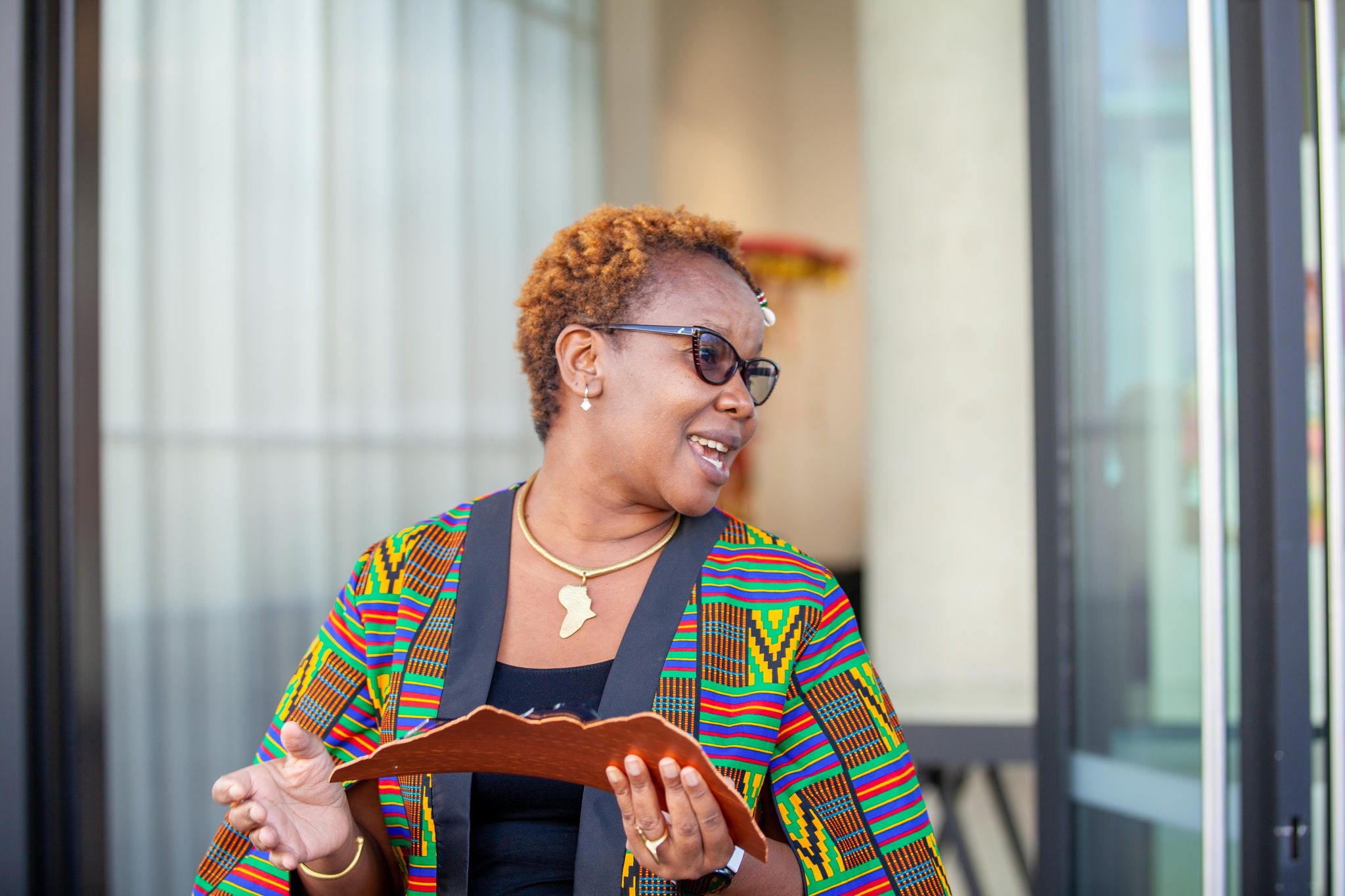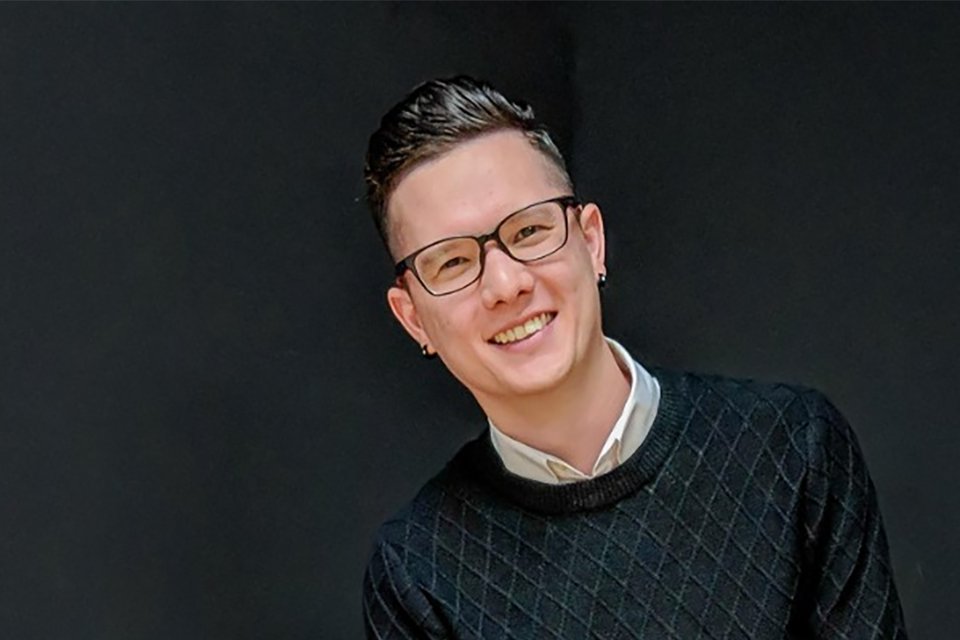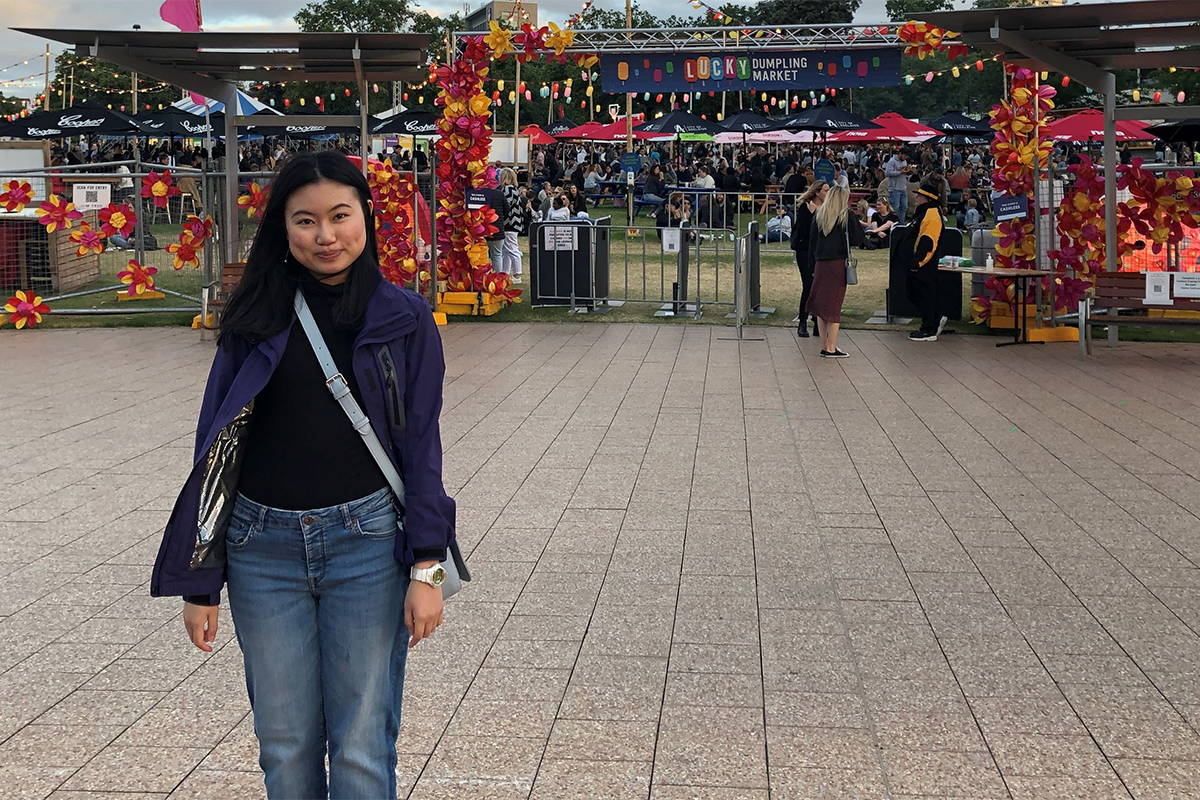We have a new and improved course search tool to help international students explore Australian study options. Find more information here

The beginning
My fascination with Australia began when my uncle decided to study and live in Melbourne.
Once every couple of years, he would fly back and tell me about his student life. We would chat about Australia, his work and studies and his friends from all over the world.
The more time that passed, the more I envisioned this life for me, so I decided to start applying for courses in Australia.
In 2015, I was accepted to study a Bachelor of Mechanical Engineering program at RMIT University in Melbourne. As part of the course, I had the opportunity to gain international industrial experience by working in Germany.
In 2019, I graduated from my degree with First-class Honours. However, instead of joining the workforce straight away, I decided to continue my studies.
Studying at TAFE
In 2020, I enrolled in a Diploma of Built Environment and Engineering at TasTAFE.
I found the TAFE teachers to be very supportive. I also found that learning in a TAFE environment was more hands-on and gave me real, practical experience for the workplace. What’s taught in class is exactly what you will be doing in your job.
During my studies at TasTAFE, I was awarded one of Australia’s most prestigious Destination Australia scholarships. These scholarships are funded by the Australian Government. They’re valued at $15,000 per year for high performing students who study in regional areas.
By attending both university and TAFE, I found I had developed a well-rounded education and I felt I had the knowledge and experience to pursue my own entrepreneurial endeavour.
Starting my own business
Throughout my studies, I was able to work in engineering roles with several organisations. One of them was Unify Design, where I worked as an engineering drafter. In this role, I used 3D scanning technology for different applications. At the same time, I was also volunteering with the State Emergency Service (SES) Tasmania.
One day, I had an idea that would combine these two areas when I was asked to do a check on the SES rescue truck. All the equipment and supplies were written on a sheet of paper. But I didn’t know what all the tools were called and where they were kept.
I realised that if we could 3D scan this rescue truck and mark all the equipment, it would help the team to identify the different tools.
This idea was the foundation of my startup, TaScan, which uses virtual reality and 3D models to improve first responders’ training. It shows users where tools are located on emergency vehicles and how to use them.
Knowledge like this can save valuable time in life-or-death situations.
I discussed the idea with my manager, who suggested that I submit it to the Born Global Incubator program.
This was a 12-week program run by Enterprize, a non-profit organisation in Tasmania, to take promising ideas and turn them into startups. Since then, there has been a lot of learning and iterations about creating the right product–market fit. I’ve also worked with the SES to reach the next phase.

Advice for hopeful entrepreneurs
For those international students hoping to become entrepreneurs, here are a couple of things that I’ve learnt:
- Talk to those around you. Talk about your idea to find answers to your major questions. Does it make sense? Do my customers want this or am I doing this for myself? Answering these questions would help to find the real value you will deliver to your customer.
- Look for incubator programs, structured programs and startup spaces to engage with fellow entrepreneurs. There are several programs in Australia that can offer some great resources to turn rough ideas into actionable items. In these environments, you’re likely to find more people to support you in your vision.


